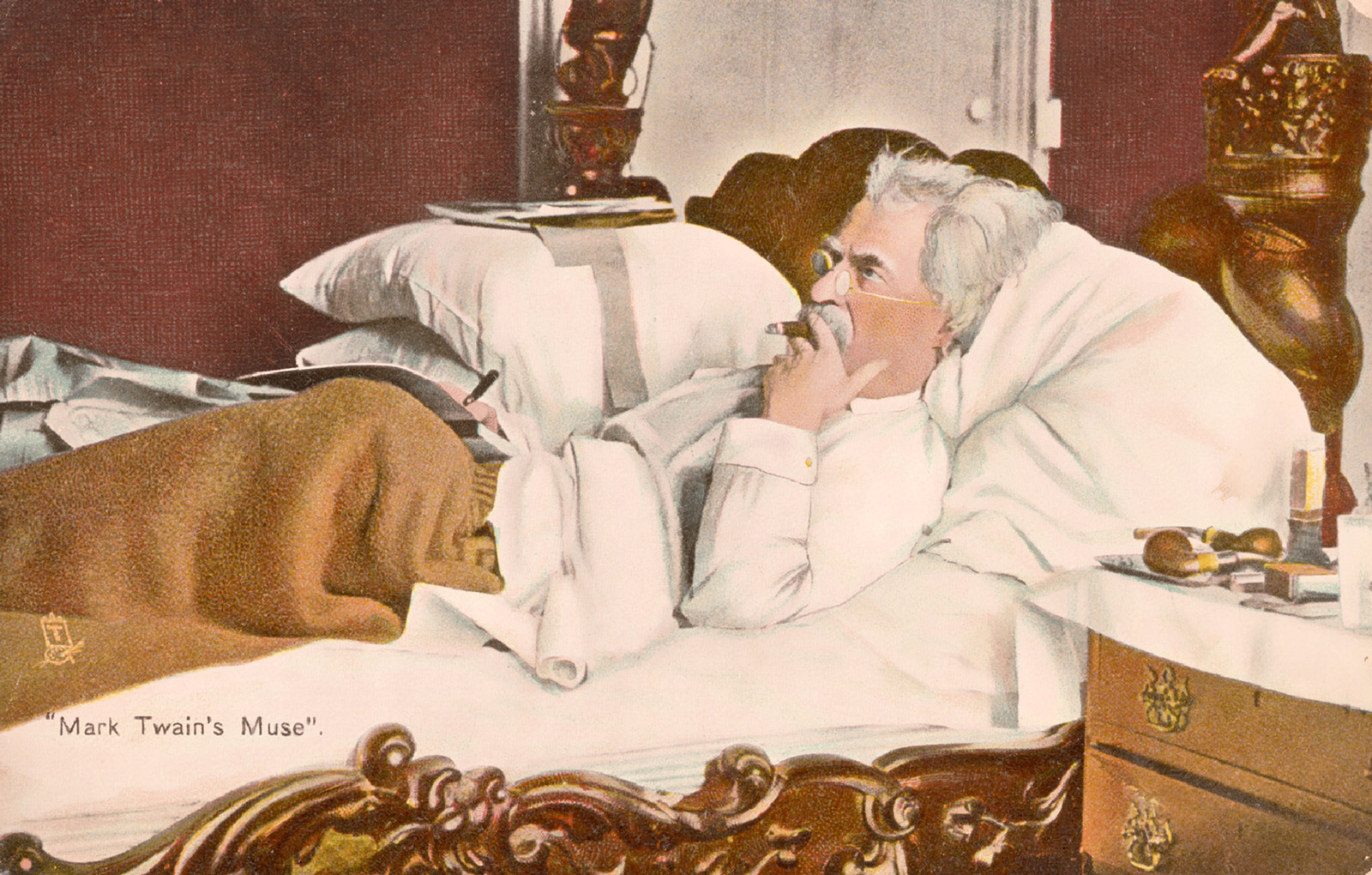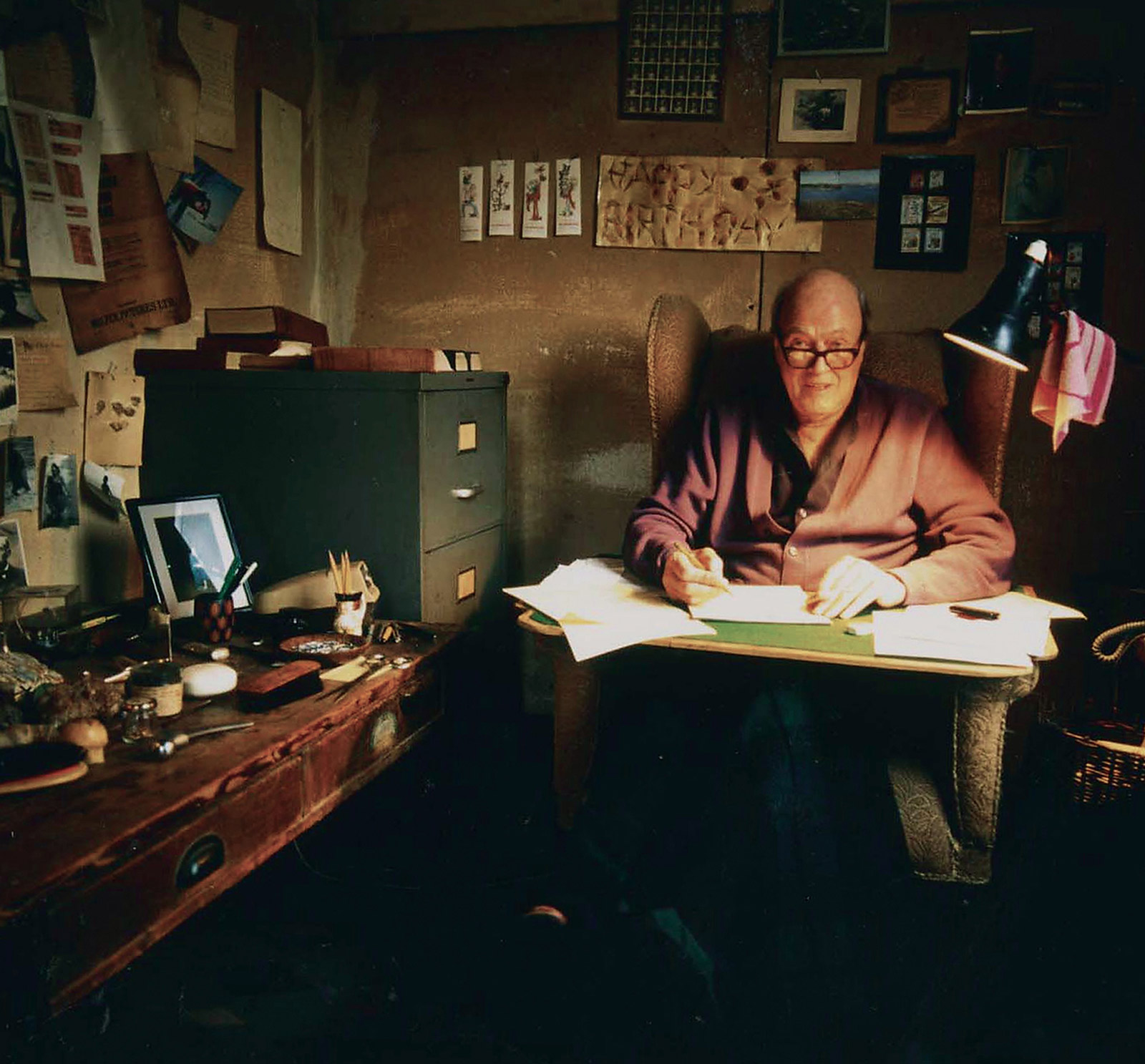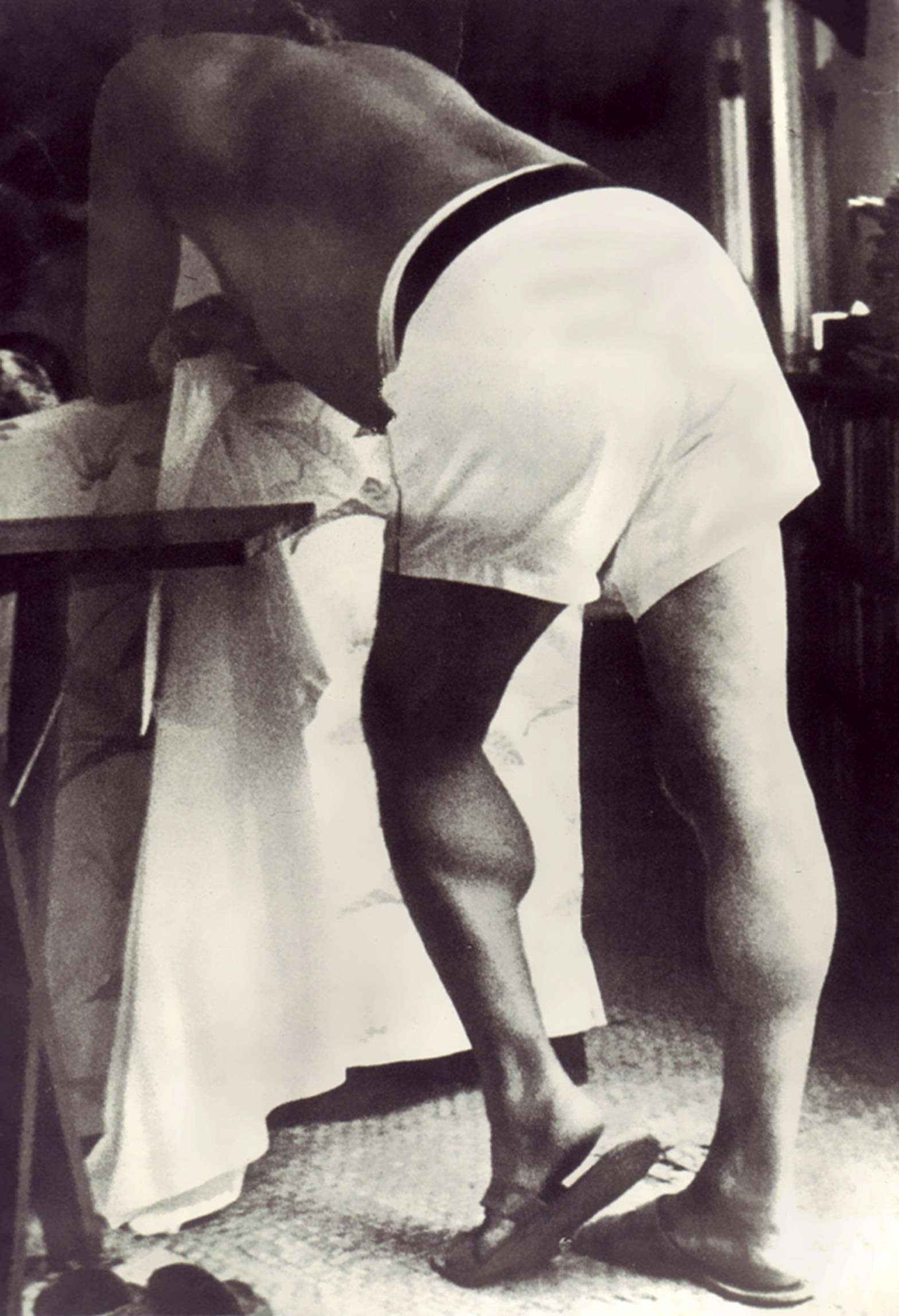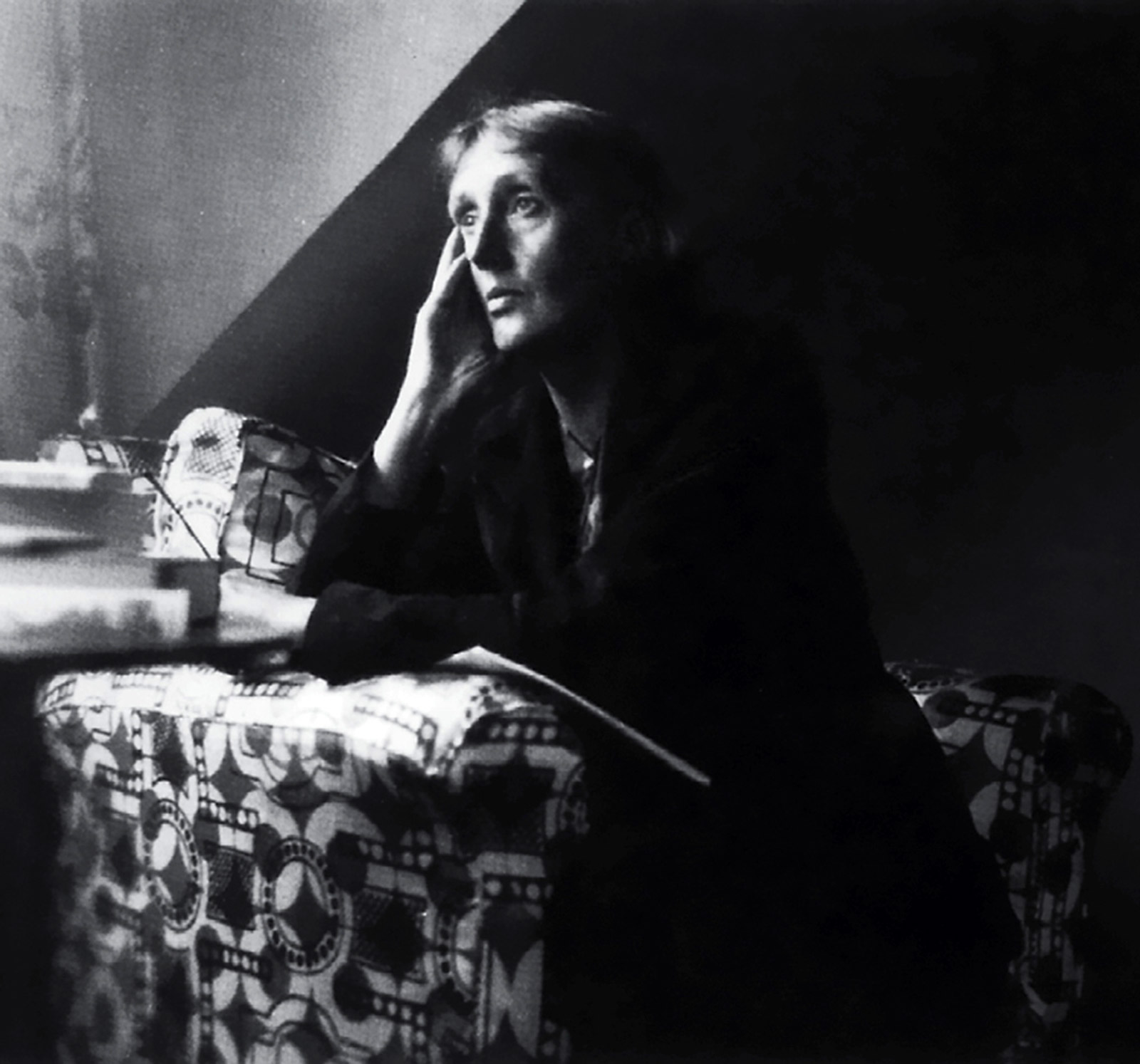To Sit, to Stand, to Write
The author’s position
George Pendle

One of the more curious denouncements to appear in Friedrich Nietzsche’s supremely truculent Twilight of the Idols (1888) is a brief but furious attack on the writing habits of Gustave Flaubert. In a letter to Guy de Maupassant, his protégé, Flaubert had made the seemingly innocuous statement: “One cannot think and write except when seated.” The author of Madame Bovary (1856) had always been a sedentary sort and had previously informed Maupassant that “a civilized person needs much less locomotion than the doctors claim.” However, to Nietzsche’s ear, finely attuned to the slightest signs of cultural decadence, Flaubert’s admission was nothing less than an attack on the nature of creativity itself. “There I have caught you, nihilist!” he snapped triumphantly. “The sedentary life (das sitzfleisch—literally “sitting meat”) is the very sin against the Holy Spirit. Only thoughts reached by walking have value.”
Ever since Nietzsche’s declaration, there has been some disagreement among writers, thinkers, doctors, and designers as to whether inspiration and creativity come from being seated and quiescent, or from being upright and vigorous. (Full disclosure: This article is being written standing up.) It was the early twentieth century labor journalist and suffragette, Mary Heaton Vorse, who pithily described the art of writing as “the art of applying the seat of the pants to the seat of the chair.” Vorse was expressing a distinctly Flaubertian sentiment that was all the more radical when one considers how few women wore pants at the time. Ernest Hemingway, by contrast, proved to be a strict Nietzschean, declaring that “writing and travel broaden your ass if not your mind and I like to write standing up,” which he did by perching his typewriter on a chest-high shelf, while his desk became obscured by books.
Yet trying to find out whether authors who share similar writing positions also share similar writing styles is by no means easy. Such disparate authors as Virginia Woolf, Lewis Carroll, and Fernando Pessoa all wrote standing up, while Mark Twain, Marcel Proust, and Truman Capote took the Flaubertian creed to its ultimate extent by writing while lying down. Indeed, Capote went so far as to declare himself “a completely horizontal writer.”
We can conjecture that it was physical considerations that caused the six-foot-six-inch Thomas Wolfe to write his opulent, autobiographical novels using the top of the refrigerator as his desk, the shifting of his weight from foot to foot being a neat approximation of the Nietzschean decree that all writing should “dance.” But what do we then make of Roald Dahl, also six-foot-six, who everyday climbed into a sleeping bag before settling into an old wing-backed chair, his feet resting immobile on a battered traveling case full of logs? Dahl’s claim that “all the best stuff comes at the desk,” is a simple modern variation on Flaubert’s static dictum.

Occasionally the hint of a philosophical similarity can be drawn between those who share the same manner of writing. Oliver Wendell Holmes, Jr.—the Supreme Court justice who coined the phrase “clear and present danger” to limit the First Amendment when its practice endangered the state—wrote his concise legal opinions while standing at a lectern because “nothing conduces to brevity like a caving in of the knees.” Such a sentiment seemed to be echoed, albeit in a somewhat distorted manner, by another member of the federal government (and fellow vertical writer), the former secretary of defense, Donald Rumsfeld. When Rumsfeld was handed a list of approved torture techniques being used at Guantanamo Bay, he infamously scribbled a query on it: “I stand for 8–10 hours. Why is standing [of prisoners] limited to four hours?”
If we look to prehistory for guidance on the ideal creative posture, we gain only indistinct clues. In the Book of Genesis, we hear that as God created the heavens and the earth He “moved upon the face of the waters.” While this suggests that He wasn’t following the Flaubertian prescription of motionless creativity, what He was doing seems more like sailing or boating—Noah’s ark is also described as “moving upon the face of the waters”—neither of which activity entirely meets the orthodox Nietzschean standard.
History is not much more helpful. Aristotle’s followers were known as Peripatetics, although no one is entirely sure whether this stems from Aristotle’s habit of walking about while he talked (his followers taking their name from the word peripatêtikos, meaning “given to walking about”) or because he held lessons beneath the colonnades (or peripatoi) of the Lyceum.

Etymological study initially seems to favor the Nietzschean attitude of being vital, upright, and mobile in the moment of one’s creation. The ancient Greek word theoria—from which the word theory stems—included within it the idea of a journey, in particular a pilgrimage undertaken to the dwelling of a god or goddess. Yet modern words seem to lean towards a supine Flaubertianism; after all, surely the modern English homophones stationary—meaning motionless—and stationery—meaning writing paper—sound the same for a reason.
In 1967, Jacques Derrida attempted to quash the whole argument in Writing and Difference, insisting that Nietzsche was being disingenuous in his attack on sitting and writing. “Nietzsche was certain that the writer would never be upright,” Derrida insisted. Even Zarathustra eventually had to stop “tracing figures of fire in the heavens” and hunch down over a desk since “writing is first and always something over which one bends.”
The vast majority of the world would agree with Derrida. Since its heyday in the eighteenth and nineteenth centuries, the standing desk has become almost obsolete, and today in offices and libraries in every continent, workers are bound to their desks like Prometheus to his rock. But the contemporary office environment owes less to the persuasiveness of Flaubert and Derrida than to a designer named Bob Propst.
In 1968, Propst, a former professor of fine arts who had become head of research at the Herman Miller company, surveyed the common office space and declared it a wasteland. Row after row of orderly desks and chairs stretched to the horizon, and filing cabinets reached up to the sky (see Billy Wilder’s 1960 film The Apartment). The “monolithic insanity” of it was anathema to creation. “It saps vitality,” Propst asserted, “blocks talent, frustrates accomplishment. It is the daily scene of unfulfilled intentions and failed effort.” Propst declared that he wanted offices to be less soulless and allow workers to circulate more freely. “It’s truly amazing the number of decisive events and critical dialogues that occur when people are out of their seated, stuffy contexts.”
Although he may not have known it, Propst seemed to be directly channeling the posture theories of Nietzsche who, in The Gay Science (1882), had linked the deleterious effect of a bad workspace (and bad digestion) to the quality of a person’s work: “How quickly we guess how someone has come by his ideas; whether it was while sitting in front of his inkwell, with a pinched belly, his head bowed low over the paper—in which case we are quickly finished with his book, too! Cramped intestines betray themselves—you can bet on that—no less than closet air, closet ceilings, closet narrowness.”

Propst’s answer to the “closet narrowness” of the mid-twentieth-century office was what he called the Action Office System. A truly Nietzschean accomplishment, the Action Office System used moveable partitions to create free-wheeling semi-enclosed spaces that offered a social kind of privacy. Varying desk levels allowed employees to work standing up, thus encouraging blood flow, and management would be readily approachable, not hidden away in an office. It was intended as “a low-key, unself-conscious product” that changed the very position in which people worked.
But as with so many other Nietzschean ideals, the Action Office System was seized upon by unscrupulous individuals and twisted out of shape. Companies soon realized that the moveable partitions of the Action Office System could be used to cram more and more workers into smaller and smaller spaces. The varying desk levels were removed as being extraneous, the holistic experience was betrayed, and soon Action Office partitions were lined up in identical rows, as desks had been before them (see Mike Judge’s Office Space, from 1999). Nihilism had returned. The Action Office system had become the cubicle.
The stunning corruption of Propst’s Nietzschean ideals made it seem as if the Flaubertian school of posture had triumphed for good. But in 2005, Dr. James Levine, an endocrinologist at the Mayo Clinic in Minnesota, created what was perhaps the fullest embodiment of the Nietzschean posture ideal to date.
Levine is an expert in N.E.A.T., or non-exercise activity thermogenesis. Using custom-made data-logging undergarments with motion-sensing technology, Levine measured how many calories we burn through in our simple day-to-day activities. His remarkable discovery was that slender people are on their feet an average of 152 more minutes a day than overweight people. His ingenious solution was to invent a treadmill desk—a computer terminal with a treadmill taking the place of a chair. Noticing that the sedentary Flaubertian style of working barely used any calories at all, Levine showed that simply walking at one mile per hour while writing and making telephone calls could burn approximately 125 calories per hour. Levine now sells such “walkstations” for $4,000 each.
Admittedly Levine’s walkstations are primarily aimed at those who wish to lose weight, rather than those who wish to create undying philosophical works of eternal value. Still, it is the most significant vertical riposte to the fixed Flaubertian immobile in many years.
George Pendle has written for the Times, the Financial Times, the Los Angeles Times, and the New York City Department of Parks and Recreation. He is the author of Strange Angel: The Otherworldly Life of Rocket Scientist John Whiteside Parsons (Harcourt, 2005), The Remarkable Millard Fillmore: The Unbelievable Life of a Forgotten President (Three Rivers Press, 2007), and the recently published Death: A Life (Three Rivers Press, 2008). He is currently writing an in-depth study of airport carpeting.
Spotted an error? Email us at corrections at cabinetmagazine dot org.
If you’ve enjoyed the free articles that we offer on our site, please consider subscribing to our nonprofit magazine. You get twelve online issues and unlimited access to all our archives.